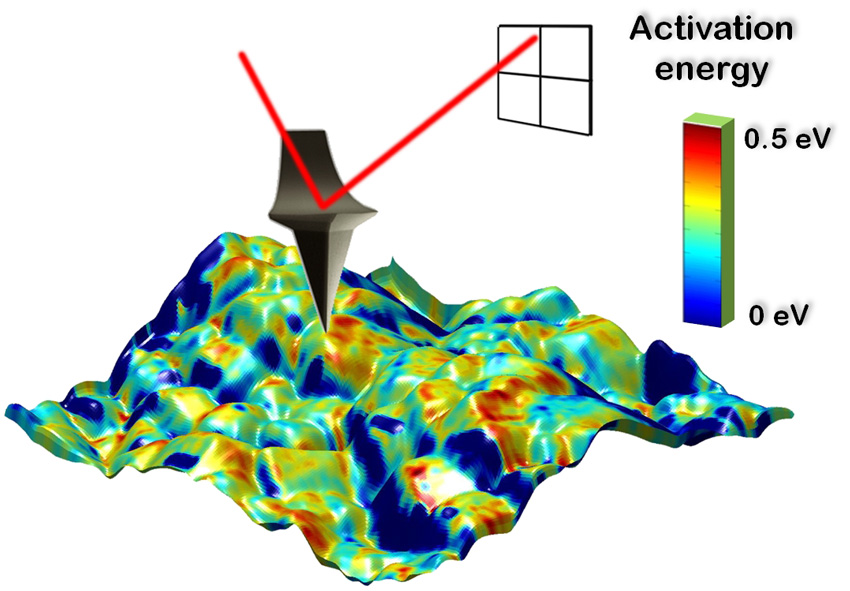
Catching Lithium Ions in Action in a Battery Electrode
New microscopy with nanometer-sized resolution may bring revolutionary new understanding to energy storage technologies.

New microscopy with nanometer-sized resolution may bring revolutionary new understanding to energy storage technologies.
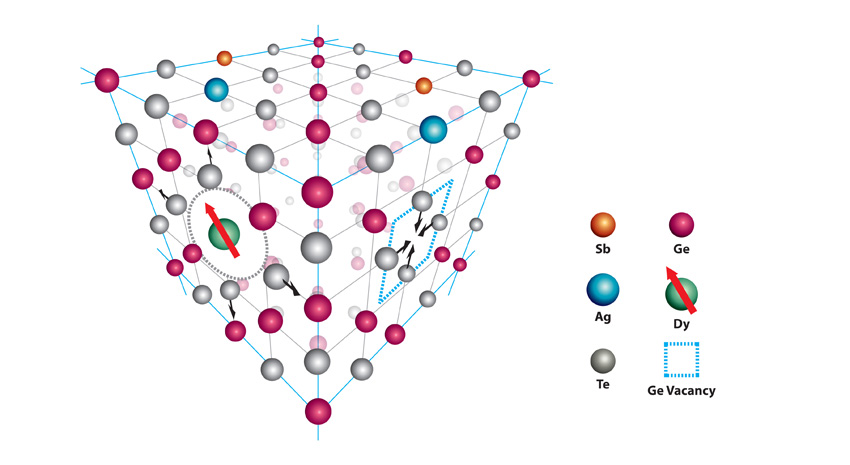
Small addition of rare earth element makes a big difference in converting heat to electricity.
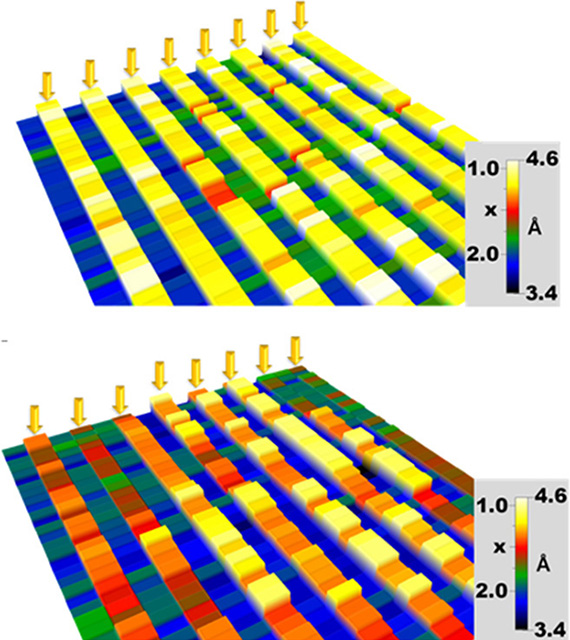
New microscopy method opens the door to understanding atomic-scale variations in chemistry and improved materials performance in solid oxide fuel cells.
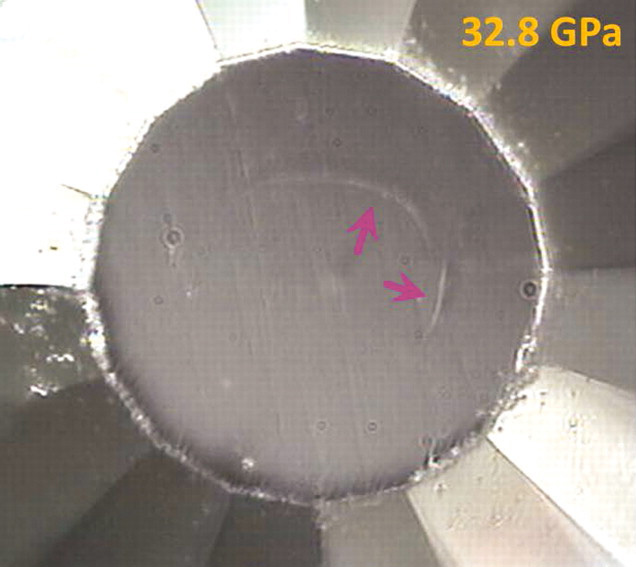
Squeezing creates new class of material built from clusters of carbon atoms.
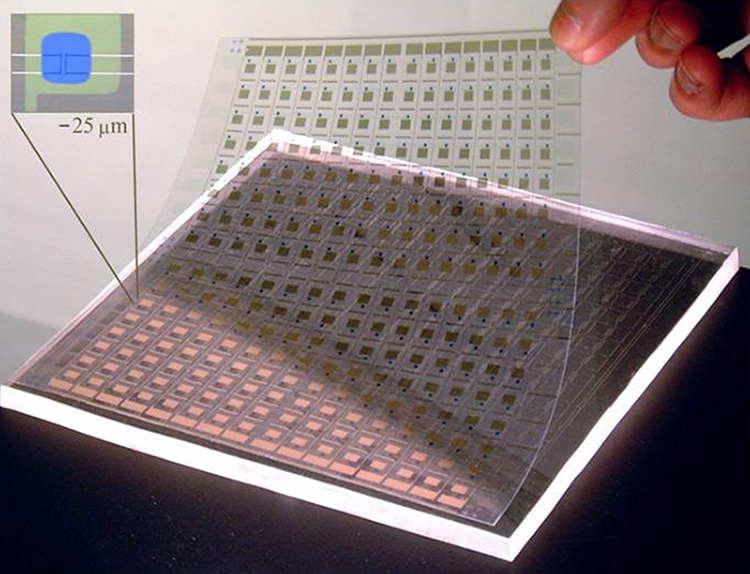
High-efficiency compound semiconductor solar cells can now be printed on flexible, plastics.
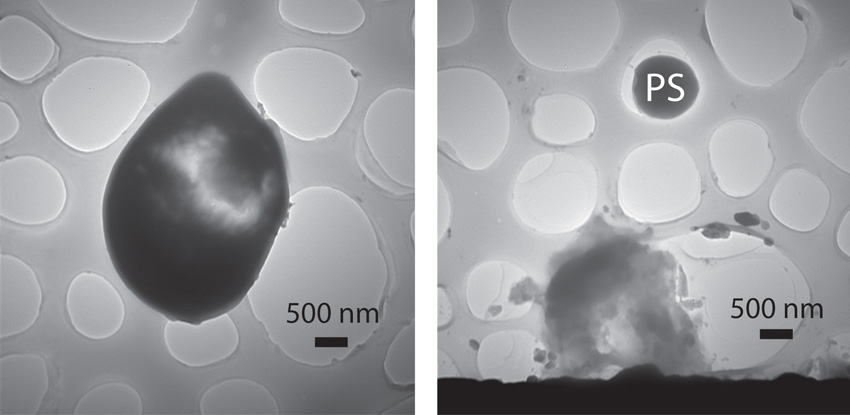
Enzymes originating from marine sponges were intentionally altered to create a new enzyme that can make semiconductors in artificial cells.
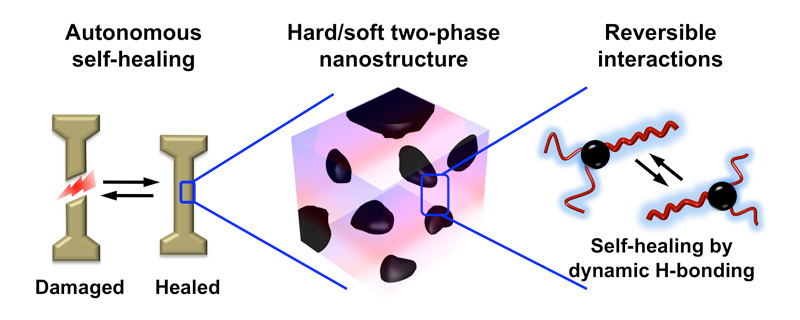
Overcoming a fundamental dilemma in making polymers that combine strength and toughness with spontaneous healing capability.
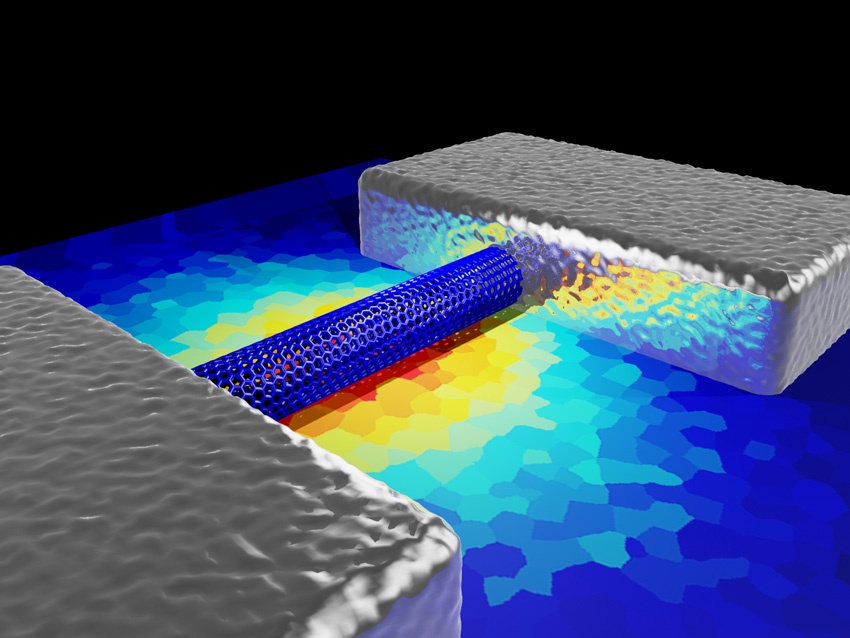
Current-carrying nanotubes heat up nearby materials but not themselves, indicating a new path to energy-efficient electronics.

Researchers have created an environmentally-friendly plastic coating that converts a wide range of electrical conductors into air-stable components for flexible, less expensive electronics.
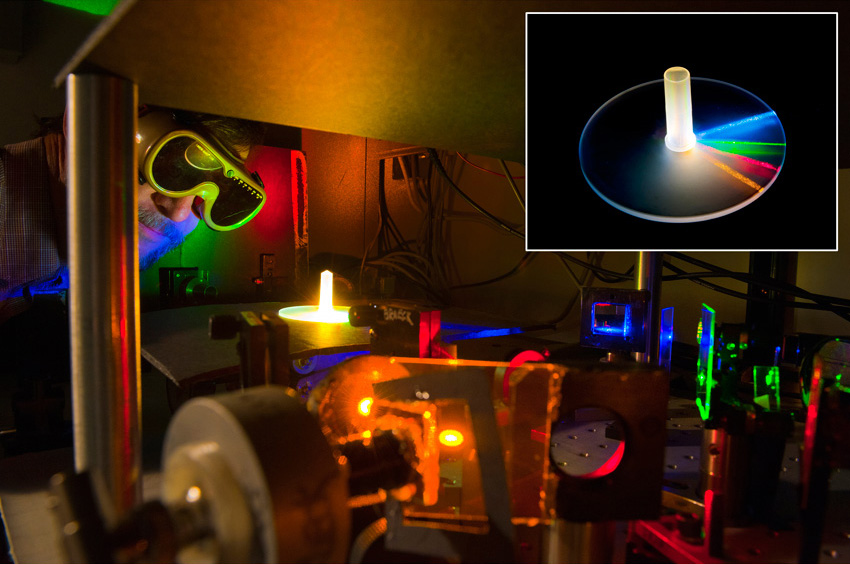
Understanding how chemical vapors interact leads to better production equipment and increased lighting efficiency.
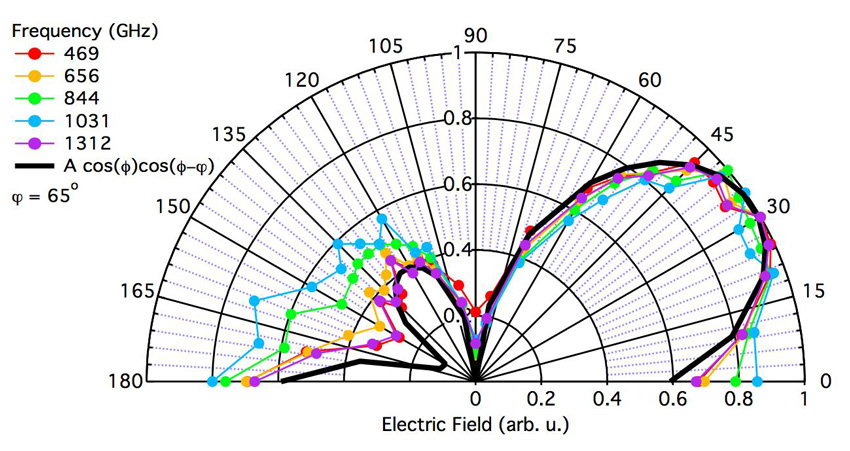
Short pulses of light reveal an intrinsic conducting surface that is different from the bulk.
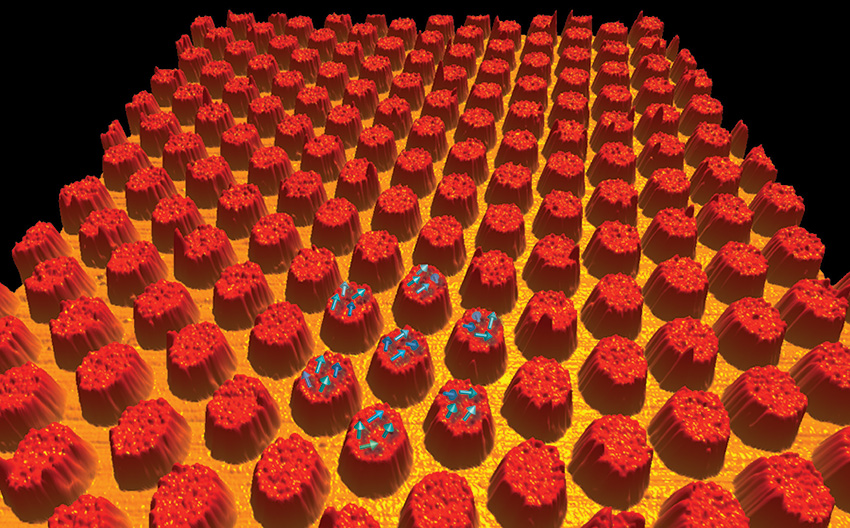
Arrays of superconducting islands open up the possibility for tailor-made properties and functionality.